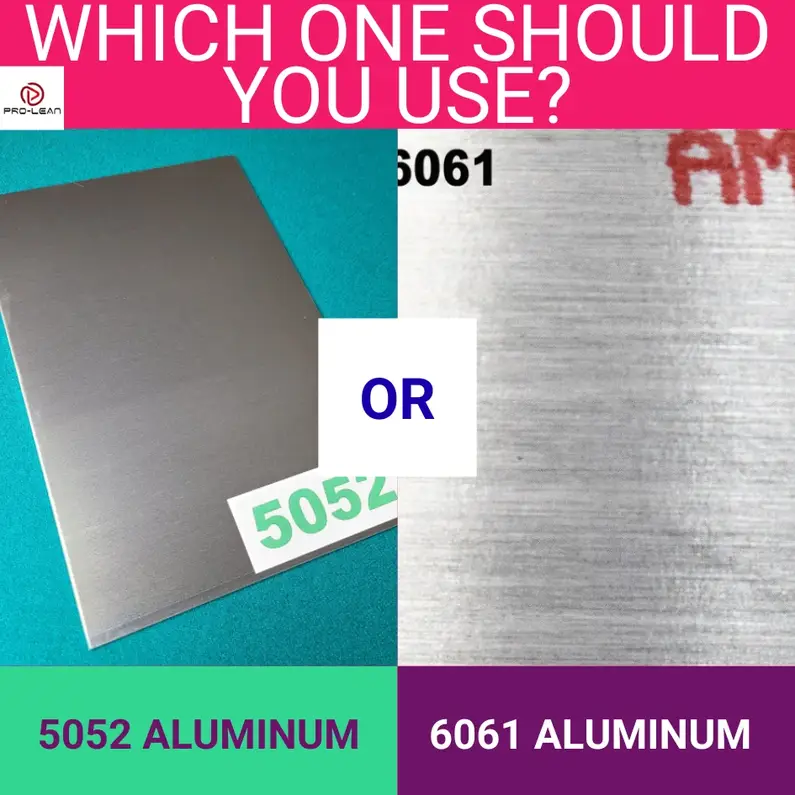
5052 vs 6061 aluminum
What can one do when presented with two metals with good corrosion resistance, but has to trade off between weldability, strength, and machinability? That’s the case for which we have to think critically while making a comparison of 5052 vs 6061 aluminum.
5052 aluminum, available in tempers such as 5052-H32 and 5052-H34, cannot be heat-treated, which is one notable difference from 6061 aluminum. Its corrosion resistance is better than that of 6061 aluminum.
When it comes to tensile strength, yield strength, and hardness, 6061 aluminum exhibits higher values. Hardness affects machinability, so as expected, 6061 aluminum is easier to machine.
So, despite the two metals having a similar silvery-gray metallic appearance, they do not necessarily share chemical, mechanical, and physical properties. The differences can mean a lot when choosing either material for specific applications.
The following 5052 vs 6061 aluminum analysis will help you decide on CNC parts from ProleanTech.
What is 5052 Aluminum?
5052 aluminum is a highly corrosion-resistant alloy composed mainly of aluminum and magnesium, and is non-heat-treatable. This metal is moderately formable and also relatively easy to weld.
5052 aluminum comes from the aluminum 5xxx series, which contains typical aluminum alloys like 5154 aluminum, 5083 aluminum, 5050 aluminum, and 5005 aluminum. This series has the properties mentioned above and is typically made of non-heat-treatable alloys of aluminum and magnesium.
This alloy normally comes in the form of plates and sheets (check the 5052 aluminum sheet thickness chart below), ready for fabrication and forming processes, such as 5052 aluminum stamping. The material is widely used in architectural, marine, and transportation projects.
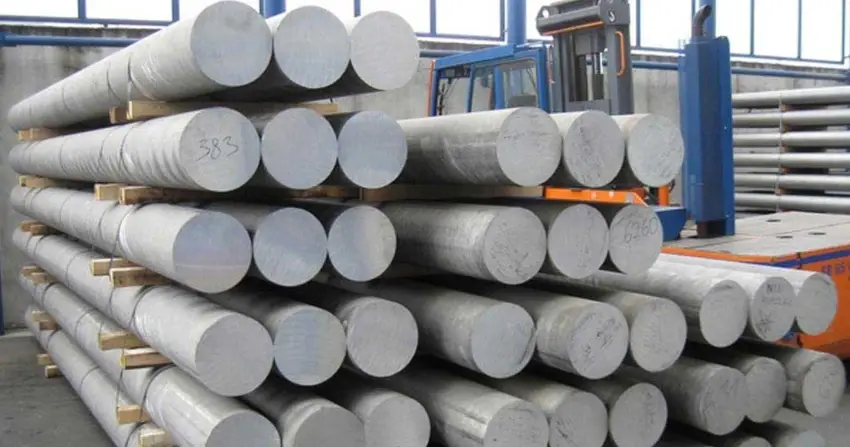
5052 aluminum round bars
5052 Aluminum Sheet Thickness Chart
Here is the 5052 aluminum thickness chart, showing sizes from the largest to the smallest.
| Gauge | Inches | Millimeters |
| 10 | 0.102 | 2.59 |
| 11 | 0.091 | 2.31 |
| 12 | 0.081 | 2.06 |
| 14 | 0.064 | 1.63 |
| 16 | 0.051 | 1.30 |
| 18 | 0.040 | 1.02 |
| 20 | 0.032 | 0.81 |
| 22 | 0.025 | 0.64 |
| 24 | 0.020 | 0.51 |
| 26 | 0.018 | 0.46 |
Note that aluminum sheet thickness values are standardized across alloys. Therefore, the thicknesses listed here apply to 6061 and other common aluminum sheet types.
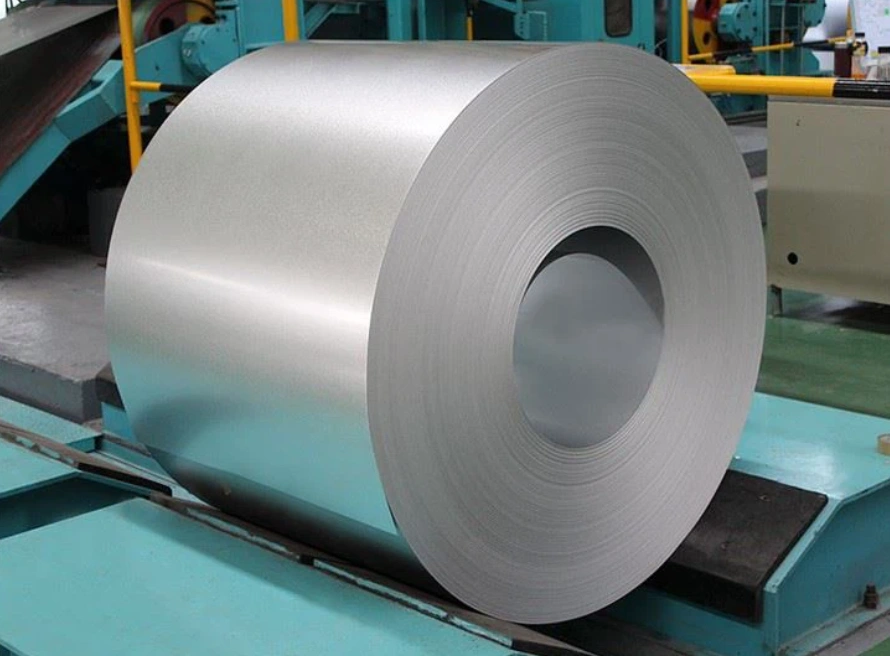
Aluminum 5052-H32 roll
There’s more about the 5052 aluminum properties, composition, and applications in other sections below.
What Is 6061 Aluminum?
6061 aluminum is a high-strength and heat-treatable aluminum-magnesium-silicon alloy from the 6xxx series. This alloy is corrosion-resistant and responds well to CNC machining. It is specifically popular for strength (T6 temper), which is widely used in construction.
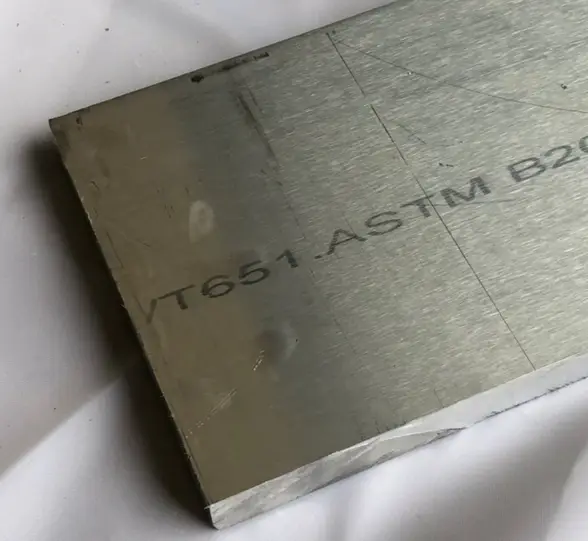
Aluminum 6061-T6 plate
This alloy offers a good balance of corrosion resistance and strength, which is attractive to many users, including those interested in a reliable CNC-machinable material.
This aluminum alloy is mostly available as bars, extrusions, plates, and sheets, and is relevant in automotive, aerospace, and construction.
Try Prolean Now!
Advantages Of 5052 Aluminum
Many key industries prefer 5052 aluminum for its tangible advantages that revolve around reliability and versatility. The main specific advantages of this alloy are;
- Excellent corrosion resistance
- Lightweight
- Superior fatigue strength
- Easy to weld
- High formability and workability
Advantages Of 6061 Aluminum
Al 6061 properties make it an equally useful alloy in different projects, and indeed, it is one of the most popular materials for parts in industries. Aluminum plate manufacturers cite strength and versatility as the main appealing points. To bring this into more perspective, here are some advantages of the alloy;
- Good corrosion resistance
- High strength, especially T6 temper
- Heat-treatability
- Availability in different forms – plates, sheets, and bars.
- Good weldability
Contact us now for more on these advantages and possible limitations.
Comparison: 5052 vs 6061 Aluminum
As we have established so far, both 5052 aluminum and 6061 aluminum are typical aluminum alloys with diverse capabilities, which positions the metals for numerous applications. Easy to fabricate, the two metals also provide corrosion resistance, durability, and versatility.
But is there material behavior in CNC operations or anything else that provides a distinction that could prompt a manufacturer to pick one over another?
1: 5052 vs Al 6061 Composition – Chemical Comparison of Aluminum Alloys
A perfect way to start the comparison is to look at the chemical compositions of the alloys. Here is a comparison table for the elements of the alloy:
| Element | 5052 aluminum | 6061 aluminum |
| Chromium | 0.15 to 0.35% | 0.04 to 0.35% |
| Copper | Less than or equal to 0.10% | 0.15 to 0.40% |
| Iron | Less than or equal to 0.40% | Less than or equal to 0.70% |
| Magnesium | 2.2 to 2.8% | 0.8 to 1.2% |
| Manganese | Less than or equal to 0.10% | Less than or equal to 0.15% |
| Silicon | Less than or equal to 0.25% | 0.40 to 0.80% |
| Titanium | – | Less than or equal to 0.15% |
| Zinc | Less than or equal to 0.10% | Less than or equal to 0.25% |
| Aluminum | The remainder | The remainder |
*Note that these values may differ slightly based on the material manufacturer
2: 5052 vs 6061 Aluminum Chemical Properties
The aluminum 5052 and aluminum 6061 compositions above paint a distinction that influences how the two materials react, oxidize, melt, conduct, and so forth.
| Chemical property | 5052 aluminum | 6061 aluminum |
| Anodizing | Yes, grayish appearance | Yes, more aesthetic |
| Corrosion resistance | Excellent | Good |
| Electrical conductivity | ~33% IACS | ~40% IACS |
| Melting range | 605–650 °C (1121–1202 °F) | 582–652 °C (1080–1206 °F) |
| Oxidation resistance | Excellent due to more magnesium content | Good |
| Chemical reactivity | More chemical-resistant | More vulnerable to chemical reactivity |
| Thermal conductivity | ~138 W/m·K | ~167 W/m·K |
3: 5052 vs 6061 Aluminum Heat Treatment
- 5052 aluminum is not heat treatable
- 6061 aluminum heat treatment is possible, mainly focused on getting the T6 temper
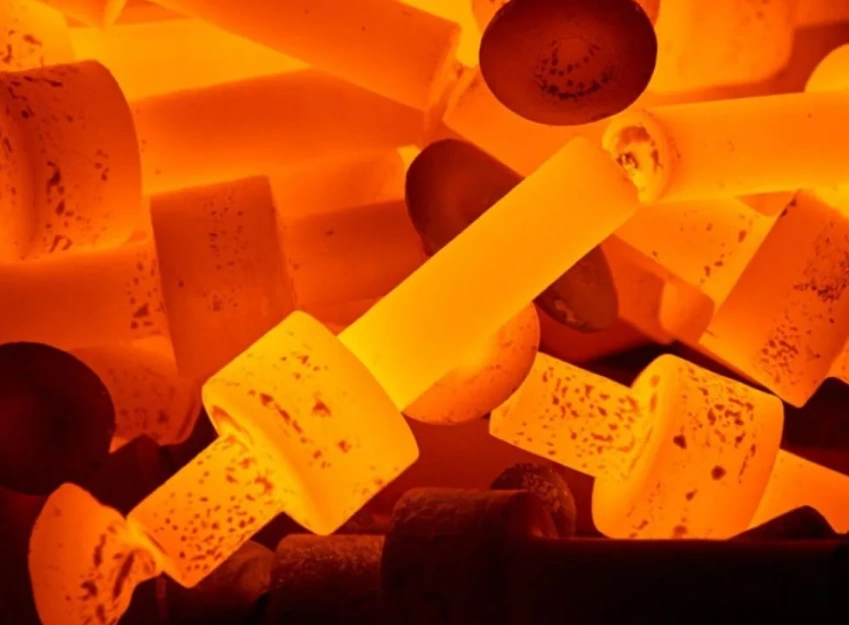
Heat treatment of aluminum parts
4: 5052 vs 6061 Aluminum Common Tempers
The common temper options of 5052 aluminum are 5052 H32, 5052 H34, 5052 H36, and 5052 H38. For 6061 aluminum, the tempers are T6, T651, and T6511. T6 is the most popular of the three due to its relatively high formability and strength.
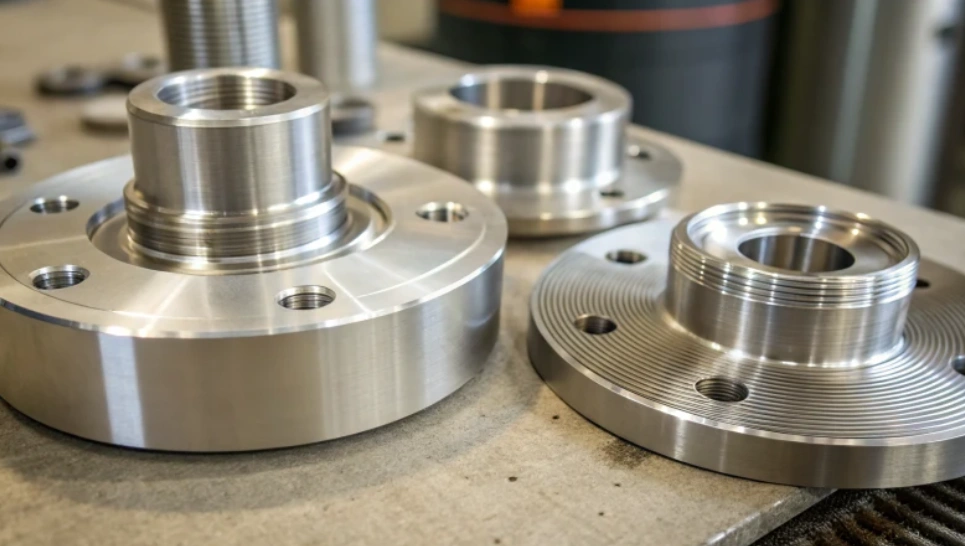
6061-T6 parts
5: Aluminium 5052-H32 Properties vs 6061-T6 Mechanical and Physical Properties
Some of the 5052 aluminum specifications highlighted in this section are the aluminium 5052 density, the density of aluminum 6061, the 5052 aluminum yield strength, and the aluminum 6061 t6 hardness.
Here is a table with the main 5052 and 6061 aluminum mechanical properties, specifically for 5052-H32 and 6061-T6 Aluminum:
| Property | 5052-H32 Aluminum | 6061-T6 Aluminum |
| Density | 2.68 g/cm³ | 2.70 g/cm³ |
| Hardness | 60 Brinell | 95 Brinell |
| Modulus of Elasticity | 70 GPa | 69 GPa |
| Fatigue strength | 117MPa | 96.5 MPa |
| Shear strength | 138 MPa | 207 MPa |
| Ultimate Tensile strength | 228 MPa | 310 MPa |
| Yield strength | 193MPa | 276 MPa |
One property worth highlighting is strength, which can be measured in several ways. 5052 aluminum has a lower ultimate tensile strength (228 MPa) than 6061 aluminum tensile strength (310 MPa). The same case applies to yield strength, where 6061 aluminum offers 276 MPa compared to 5052 aluminum’s 193MPa.
Fatigue strength indicates the endurance of a material. On this one, 5052 aluminum is a better performer than 6061 aluminum, with its strength at 117MPa compared to 96.5 MPa.
6: 5052 vs 6061 Aluminum Corrosion Resistance
As seen in the chemical composition, 5052 aluminum contains less copper; therefore, it provides higher corrosion resistance. For its corrosion resistance, this metal is more common in salty environments, for instance, in marine applications.
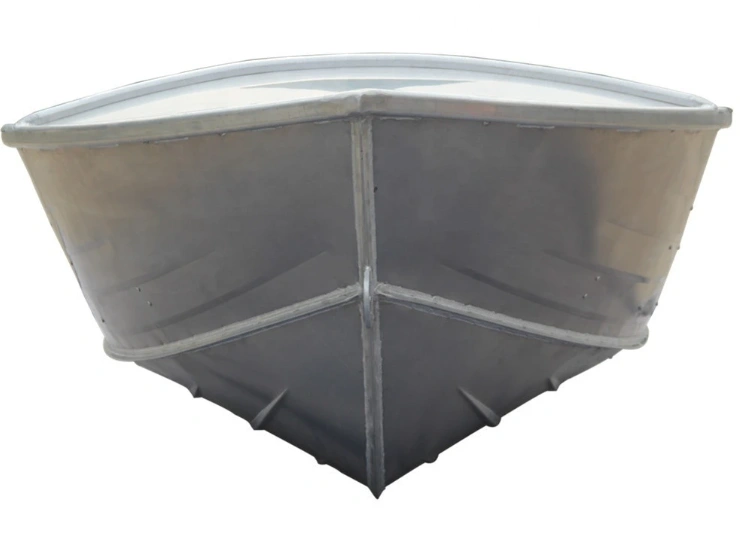
Aluminum 5052 for a boat
However, it is important to note that bot alloys have decent corrosion resistance when compared to many other alloys in CNC precision machining applications.
7: 5052 vs 6061 Weldability
Both aluminum grades respond favorably to standard welding methods. However, less cracking is experienced when welding 5052 aluminum. Since 6061 aluminum may be preferable on other accounts in some applications, applying some measures when welding may be a viable option.
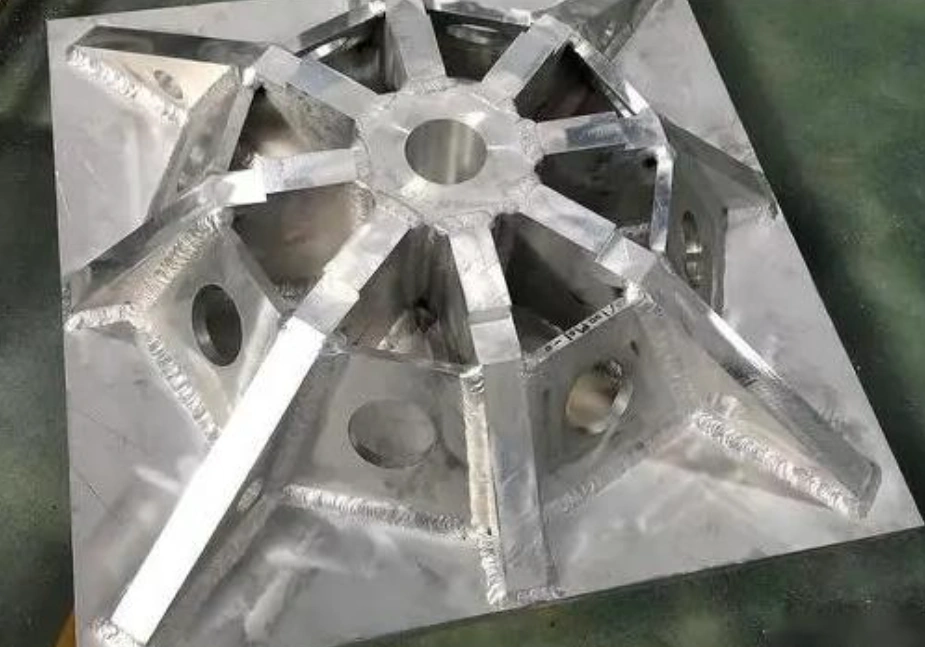
6061-T6 welded component
8: 5052 vs 6061 Machinability
Interestingly, the harder materials are easier to machine because of higher fracturing. The 6061 aluminum’s hardness makes the material more machinable than 5052 aluminum.
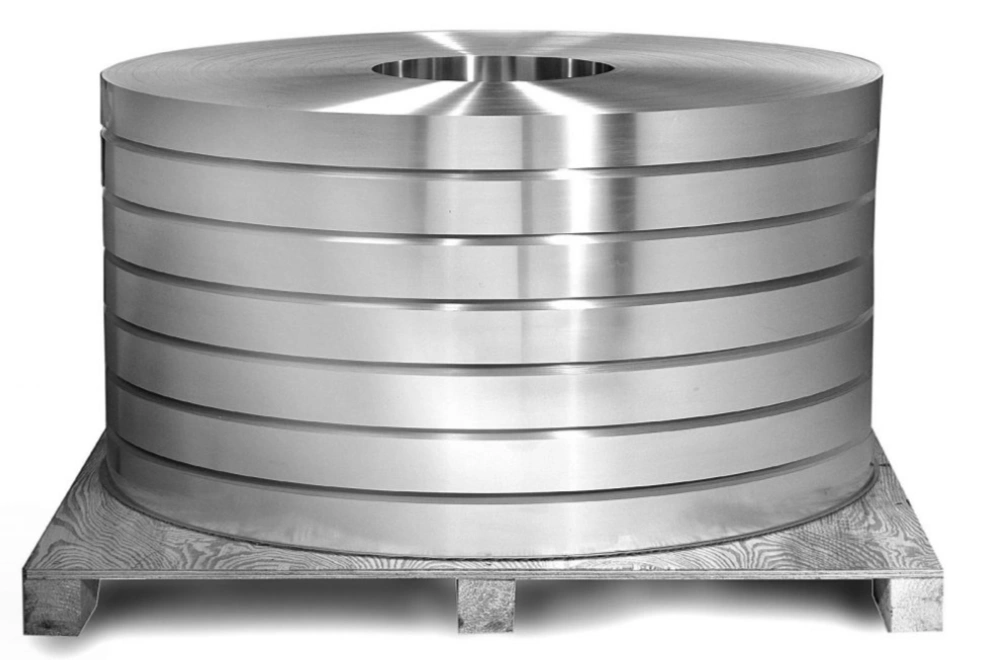
Aluminum 5052 machined part
The more elastic 5052 aluminum is more challenging to machine. This property can significantly affect the production cycle time in CNC machining.
Whichever material you consider better for your project, CNC machining cost-saving tips can make it worthwhile to continue with CNC machining.
9: 5052 vs 6061 Aluminum Applications
Both aluminum grades are widely used across industries, but we could identify common applications for each.
5052 aluminum applications include pressure vessels, fuel tanks, hydraulic tubes, and boats. The common applications of 6061 aluminum are aerospace aluminium parts, structural aluminium parts, tank fittings, and furniture.
Further reading: 3-Axis VS 5-Axis CNC Machining, CNC machining for aluminum heat sinks, Why Small-batch CNC Machining is an Advantage for Your Business?
Try Prolean Now!
So, Is 5052 Better Than 6061?
There is no doubt that 5052 aluminum is a valuable alloy with commendable corrosion resistance, strength, and general versatility for CNC machining projects. The fact that it costs less than 6061 aluminum can make even more sense to some.
However, 6061 aluminum also has its positives, especially strength and heat treatability.
At ProleanTech, we have extensive CNC machining and general production with both aluminum alloys, and are at a vantage position to guide which one to use depending on a project.
Get your quote now!
FAQs
What is 5052 aluminum good for?
5052 aluminum is good for applications requiring corrosion resistance and a high strength-to-weight ratio. These include fuel tanks and marine vessel parts.
What is the strongest type of aluminum?
7075 aluminum is the strongest type of aluminum. Its strength, which can rival some steels, works for aerospace and automotive applications.

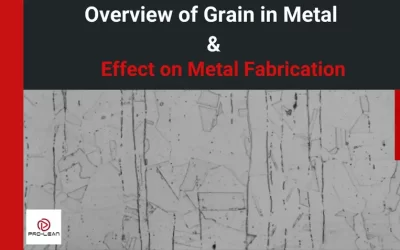
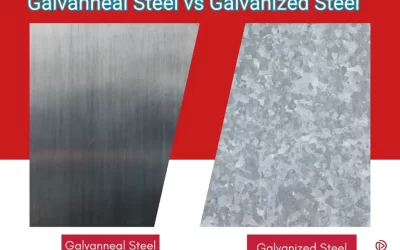
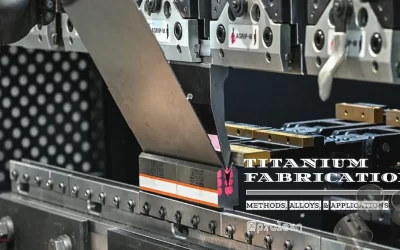
0 Comments